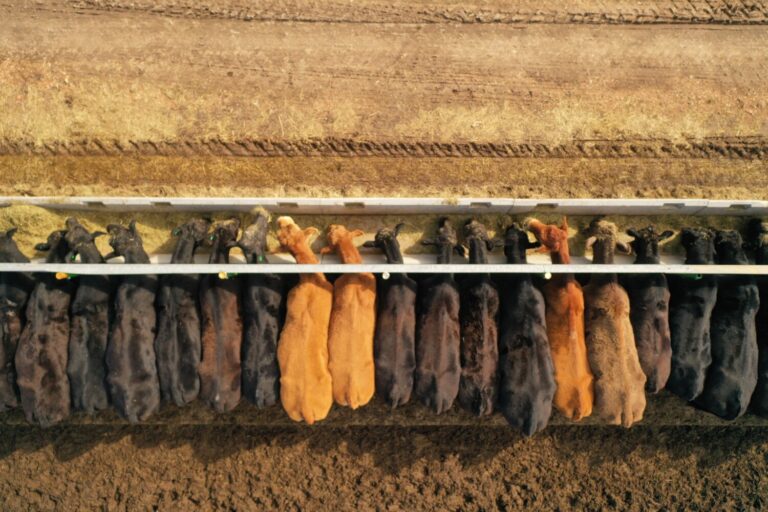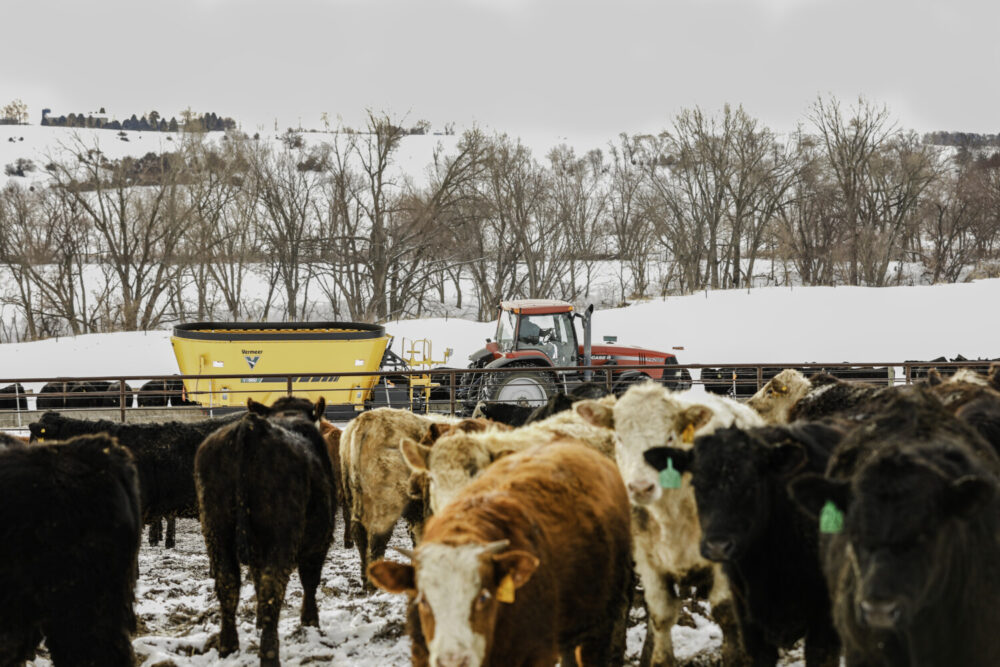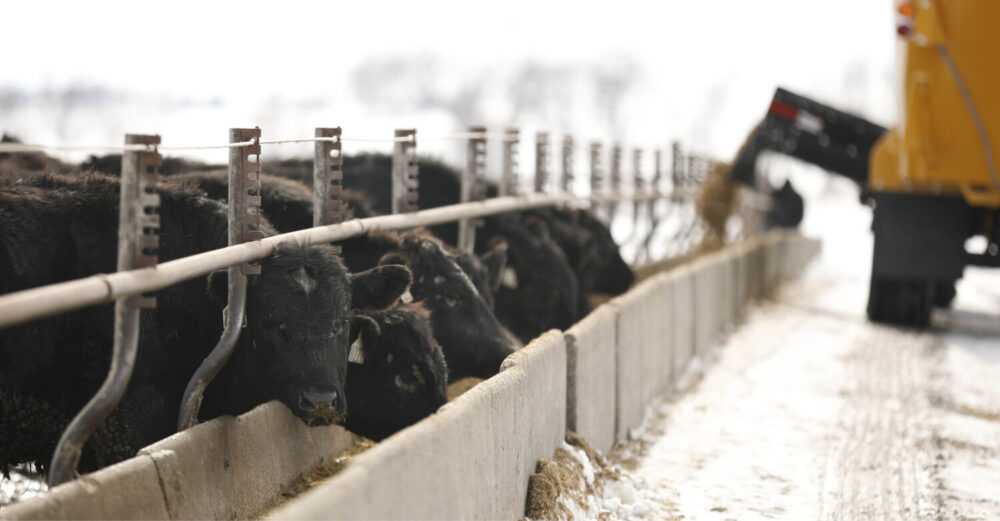
The Basics of Terminal Livestock Nutrition
December 2023
When seeking out everything from birthday to employee appreciation gifts, one-size-fits-all may seem appealing, but the seasoned shopper knows those products never fit anyone quite right. The same is true of livestock nutrition.
According to Chris Cassady, technical sales field manager at BioZyme, there are a variety of factors at play when strategizing and executing a livestock nutrition plan. It starts with goals.
“If you’re working with terminal animals, you are supposed to grow them out and get them to a weight to capitalize on the market as quickly as you can,” he said. “Alternatively, on the breeding side, it’s more of having a long-term outlook that means you develop them a little bit slower.”
Consider the environment
When it comes to producing animals for the food chain, developing a livestock nutrition plan begins with the environment. Cassady points to location first — pens or pasture. At a basic level, he said weight gain is dependent on how many calories are coming in versus how many are being used for maintenance.
“If these cattle are in big wide-open pastures, where they have to travel for water sources and have to move around to graze, that is definitely going to increase their maintenance requirements,” he said.
In contrast, cattle in a pen will require fewer calories even in the same climate because water and feed are more accessible. Beyond accessibility to feed, water and shelter, weather is a factor to keep in mind. Cassady said whether it be battling heat or cold stress, the harder the body works to regulate, the higher the maintenance requirement nutritionally.
In other words, he said any nutritional resources used to mitigate stress the animal is faced with are taken away from what would have been used to promote growth and performance. Meaning the ration must account for added stressors present in the environment.
Consulting with a nutritionist to unpack these environmental differences, conduct feed tests and talk through goals can help feedlot managers determine the best ration for their situation. Cassady said the producer knows his livestock and resources best, so adding the knowledge from a livestock nutritionist can create a solid plan for productivity.

Consistency is key
Once a feed ration is developed, Cassady recommends sticking with it.
“Typically, we don’t want to make a lot of changes to their diet,” he said. “As the processing date draws near, we don’t want to put these animals in a health challenge because that can lead to a lot of different discounts as we get into the carcass phase of production.”
Sticking with a consistent ration is only the first step. By identifying the best equipment for mixing and feeding, a producer can enhance their feed performance and minimize feed waste by delivering uniform feed every time.
Quality over quantity
Quality grade has taken the beef industry by storm in the last several years, and there is no question consumers’ demand for Choice and Prime beef is here to stay. With that in mind, feedlot managers must be aware of what a ration looks like to deliver a high-quality product.
Cassady said cattle fatten first around their vital organs, with seam fat and subcutaneous fat next. Marbling is the very last fat deposit on an animal.
“That’s why we typically use subcutaneous or visual indicators of fat as our best estimate to how these things are going to marble,” he said. “If we’re trying to fatten livestock, energy density is obviously going to have a huge role in that. From a nutritional requirement sense, it’s mostly just delivering more energy to outpace their requirement at that point.”
That energy source primarily comes from the fermentation of starches and grains like corn. Cassady cautioned against too much of a good thing, though. He said the caveat is that ruminate animals, while they can consume grain, were not put on this earth to do that.
“Cellulose is the most abundant carbohydrate on the planet, and we as humans cannot break it down because we don’t have the digestive enzymes and microbes,” he explained. Ruminant animals are the only species created to convert the cellulose present in all plants to high-quality protein.
Keeping that in mind, too much starch without functional fiber in the diet can cause a lot of digestive upsets in the rumen. As a result, animals may become acidotic. In other words, hay and forages have a place in terminal livestock nutrition because they create balance and encourage gut health. “We can put silages in there because they’re palatable, so you can drive intake,” he shared as an example.
Based on available resources like silage or other forages, finding the right tools for the job is the second half of the equation. Whether it be equipment to cut and bale forage or to mix ingredients into a ration or uniformly feed, a local Vermeer dealer can help determine what fits best for maximum productivity and growth efficiency.
Additionally, take advantage of resources available through the Makin’ Hay blog over cattle nutrition, handling the winter months and more to plan for success in your feedlot program.

Vermeer Corporation reserves the right to make changes in engineering, design and specifications; add improvements; or discontinue manufacturing at any time without notice or obligation.
Equipment shown is for illustrative purposes only and may display optional accessories or components specific to their global region.
Please contact your local Vermeer dealer for more information on machine specifications.
Vermeer and the Vermeer logo are trademarks of Vermeer Manufacturing Company in the U.S. and/or other countries.
© 2023 Vermeer Corporation. All Rights Reserved.
